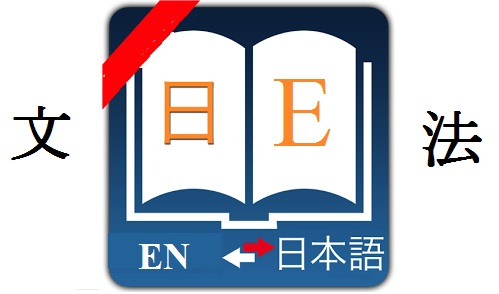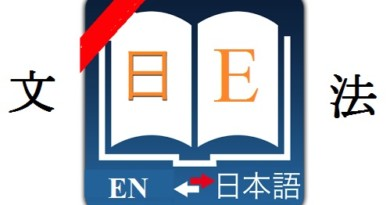Japanese をまえに(して) grammar womaeni
Let’s learn Japanese をまえに grammar womaeni :
Formation :
Nをまえに(して)
Meaning and how to use :
Expressing the position things and the order/time of action. When describing a time relationship, it can be changed into「…をひかえて」
Examples:
試合を前にして、私たちのチームは必死に練習しました。
Shiai wo mae ni shite, watashitachi no chiimu wa hisshi ni renshuu shimashita.
Before the match, our team practiced hard.
みんなを前に発表した。
Minna wo mae ni happyou shita.
I spoke in front of everyone.
先生を前に自分の意見を述べた。
Sensei wo mae ni jibun no iken wo nobeta.
I expressed my opinion in front of the teacher.
試験日を前にして私たちはとても緊張した。
Shikenbi wo mae ni shite watashitachi wa totemo kinchou shita.
Before the exam, we were very nervous.
あの人を前に自分の弱点を現した。
Ano hito wo mae ni jibun no jakuten wo arawashita.
I showed my own weaknesses in front of him.
Above is Japanese をまえに(して) grammar womaeni. If you don’t understand the signs we used in formation, you can find their meaning here : signs used in Japanese grammar structures.
You can search the structure you want by using the search tool on our website (using key : grammar + ‘structure name’ or you can find more Japanese grammar structures in the following category : Japanese grammar dictionary
